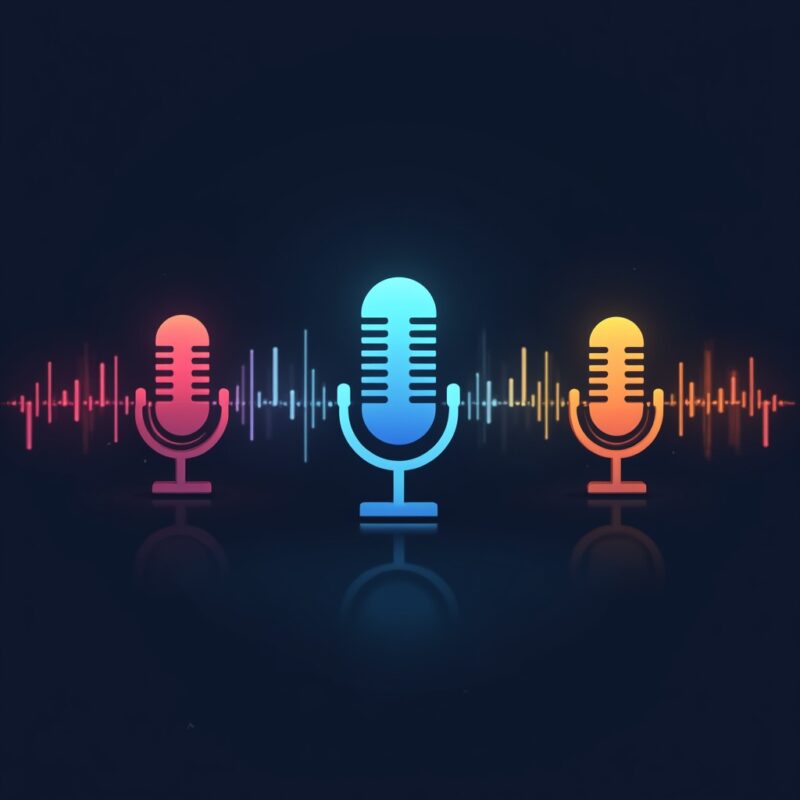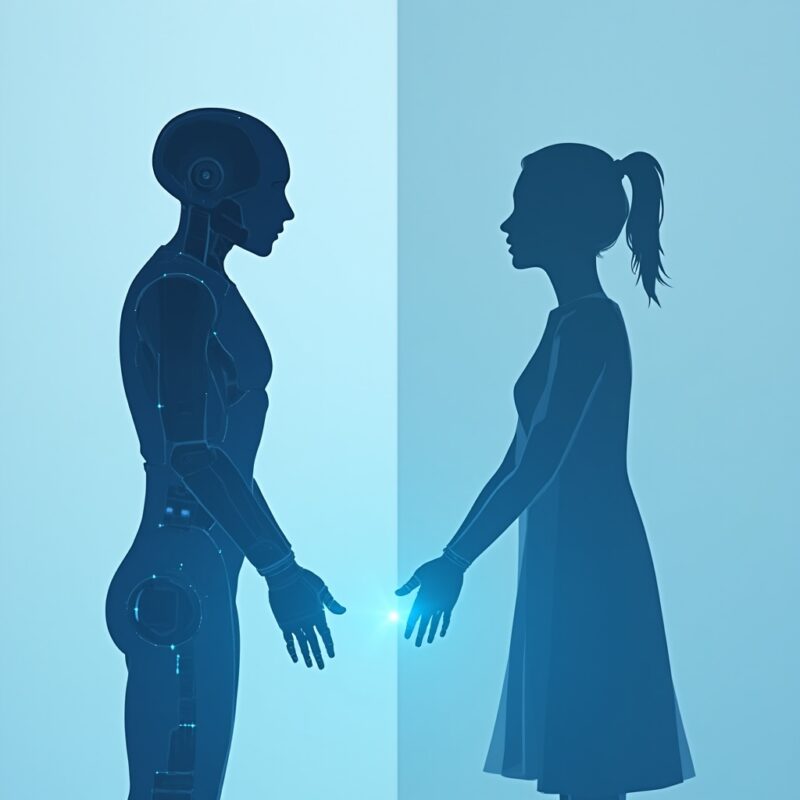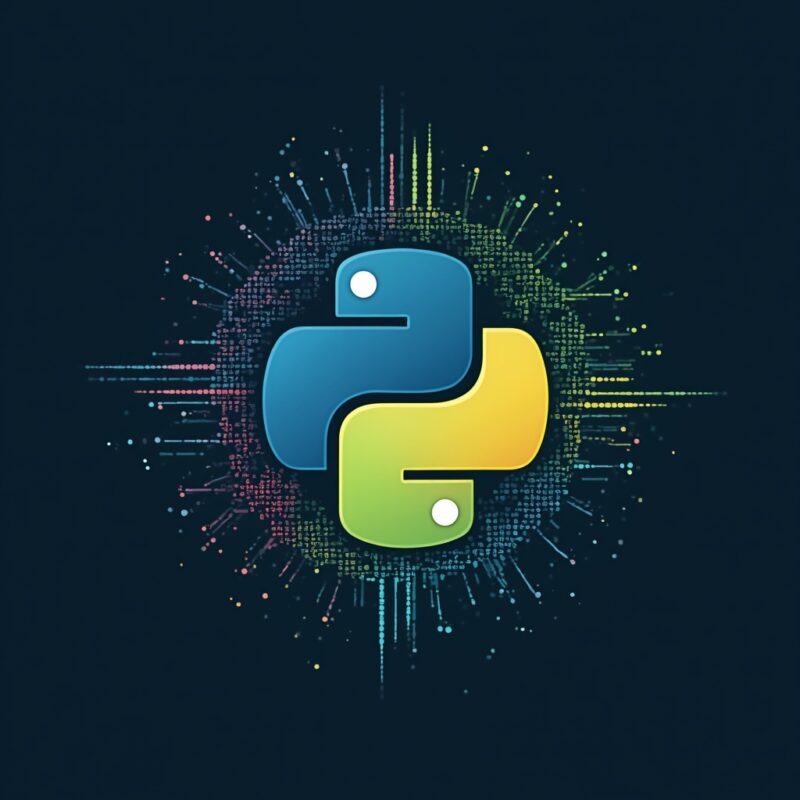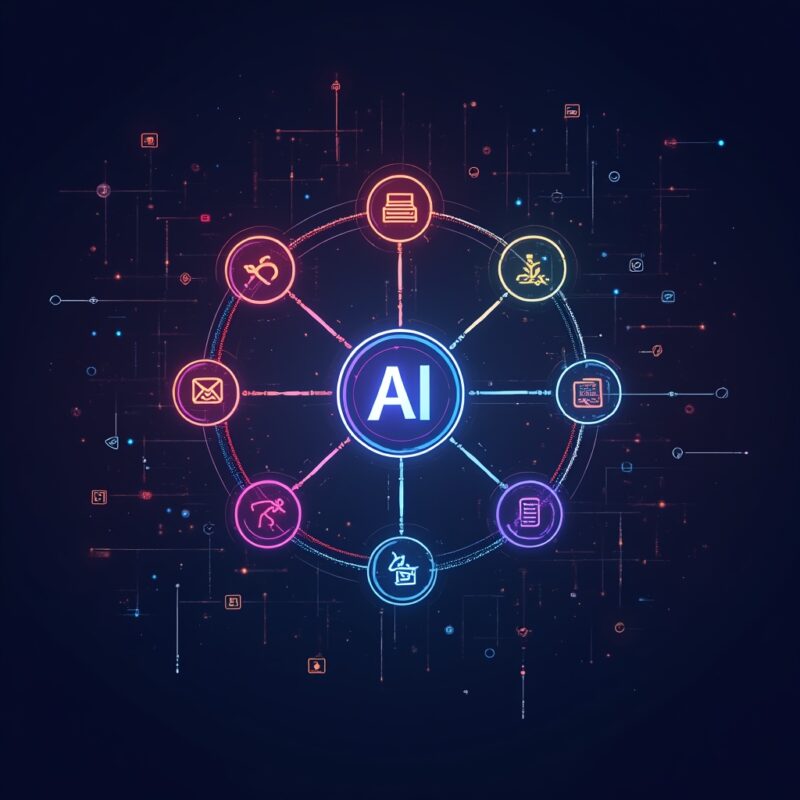AI Story Generator: Create Compelling Narratives Instantly

AI story generators are intelligent tools that create narratives based on your inputs. They use machine learning to craft compelling stories, scripts, or marketing content within seconds, balancing AI assistance with human creativity to produce unique, engaging content for writers, marketers, and creative professionals.
The Day I Discovered AI Could Tell Stories (And Why It Matters)
Last Wednesday night, I found myself staring at a blinking cursor. Deadline looming. Brain empty. You know that feeling when your creative well has not only run dry but seems to have been filled with concrete? Yeah, that one.
In desperation, I turned to an AI story generator someone had mentioned during a writing workshop. Skeptical? Absolutely. The idea that a machine could help craft a narrative seemed about as likely as my cat suddenly offering to do my taxes.
Five minutes later, I was staring at a surprisingly cohesive story framework that actually made sense. Not Pulitzer material, mind you, but a legitimate starting point that broke my creative logjam. It felt like having a slightly weird but incredibly helpful writing buddy who never needs coffee breaks.
Let’s break down what these AI storytellers actually are, how they’re changing teh creative landscape, and whether they’re friend or foe to the human imagination.
What Are AI Story Generators?
AI story generators are sophisticated software tools powered by machine learning algorithms that can create narratives based on prompts or parameters you provide. Think of them as ultra-advanced text prediction systems that understand narrative structure, character development, and storytelling conventions.
Unlike simple text completion tools, story generators can:
- Create complete narrative arcs with beginning, middle, and end
- Develop characters with distinct traits and motivations
- Generate dialogue that (mostly) sounds like actual humans talking
- Format content specifically for different mediums (novels, screenplays, marketing stories)
The most impressive thing? They do this almost instantly, turning what might be hours or days of creative struggle into seconds of computational wizardry.
Types of AI Story Generators
Not all AI storytellers are created equal. The market has evolved to offer specialized tools for different creative needs:
- Narrative generators: Focus on creating traditional story structures for fiction writers
- Screenplay generators: Specifically formatted for film and TV scripts with proper scene headings and dialogue formatting
- Marketing story creators: Craft brand narratives and content marketing stories optimized for engagement
- Interactive fiction engines: Generate branching narratives for games and interactive experiences
- Visual storytelling tools: Combine text generation with visual elements for storyboards or illustrated content
Why AI Story Generators Matter
For creative professionals, these tools represent something of a revolution. They’re not just helpful—they’re potentially transformative for how we approach creative work.
The Accessibility Revolution
Remember when you needed expensive software, specialized training, and years of practice to create professional-looking content? AI story generators are democratizing creative writing in much the same way smartphone cameras democratized photography.
Many of these tools are free or low-cost, with no sign-up required, and promise instant results regardless of your experience level. This accessibility means more people can participate in storytelling than ever before.
Learn more in
AI Character Generator: Bring Fictional Personas to Life
.
Who’s Using These Tools?
The audience for AI storytelling tools is surprisingly diverse:
- Professional writers: Breaking through writer’s block or generating plot alternatives
- Marketing teams: Creating consistent brand narratives across multiple channels
- Students: Learning narrative structure and getting inspiration for assignments
- Filmmakers: Drafting screenplay concepts or dialogue options
- Content creators: Keeping up with demanding content schedules across platforms
- Non-writers: Expressing ideas in narrative form without specialized writing skills
How AI Story Generators Actually Work
Behind the magical-seeming output is some fascinating technology that’s worth understanding if you’re gonna use these tools effectively.
The Technical Magic (Simplified)
AI story generators are powered by large language models (LLMs) trained on vast amounts of text data. These models learn patterns in language, narrative structure, and genre conventions from their training data.
When you provide a prompt, the AI:
- Analyzes your input for content, style, and intent
- Predicts the most likely narrative paths based on its training
- Generates text that follows established patterns for that type of content
- Refines its output based on any additional parameters you’ve set
Different tools offer varying levels of customization. Some let you specify genre, tone, character traits, plot points, and even writing style, while others might simply take a basic prompt and run with it.
Input Processing: What You Can Control
The quality of what you get out depends heavily on what you put in. Most AI story generators allow you to specify:
- Characters: Names, traits, backgrounds, motivations
- Setting: Time period, location, world-building elements
- Plot points: Key events, conflicts, resolutions
- Style: Genre, tone, narrative voice, formatting
- Length: Word count, scene count, or story complexity
The more specific your inputs, the more tailored your results will be. Vague prompts tend to produce generic stories, while detailed prompts with clear parameters yield more unique and usable content.
Common Myths About AI Story Generators
As with any emerging technology, misconceptions abound. Let’s separate fact from fiction:
Myth 1: “AI Will Replace Human Writers”
Reality: AI excels at generating frameworks and overcoming blocks, but it lacks the lived experience, emotional depth, and cultural nuance that makes human writing resonate. These tools are best viewed as collaborators rather than replacements.
AI can generate a story about grief, but it hasn’t experienced the gut-wrenching loss of a loved one. It can describe joy but hasn’t felt sunshine after a long winter. These experiential gaps show in the output.
Myth 2: “AI-Generated Stories Are Always Generic and Boring”
Reality: Early AI stories were indeed predictable, but modern tools with proper prompting can create surprisingly original content. The quality depends largely on the specificity of inputs and how the results are refined and edited.
Myth 3: “Using AI Is Basically Plagiarism”
Reality: AI models are trained on patterns, not specific works. While output may occasionally echo training data (a concern being actively addressed), using AI as a starting point or brainstorming tool is no different than being inspired by books you’ve read or workshops you’ve attended.
That said, ethical use means being transparent about AI assistance when appropriate and refining the output to make it truly your own.
Real-World Examples: AI Storytelling in Action
Let’s look at how different industries are leveraging these tools:
Fiction Writers Using AI
Novelist Jennifer Wilson (name changed) was stuck on the third act of her thriller. After trying an AI story generator, she received three alternative plot resolutions she hadn’t considered. None were perfect, but one contained a twist she adapted and expanded, ultimately breaking her creative impasse.
“I didn’t use the AI text directly,” she explains, “but that unexpected perspective helped me see my story from a different angle. It was like having a brainstorming session with a quirky colleague.”
Marketing Teams Embracing AI Narratives
A mid-sized outdoor gear company needed consistent product stories across their catalog. Their marketing team used an AI story generator to create initial narratives about how each product might be used in real-world adventures.
The marketing director reports: “We edit heavily and infuse our brand voice, but starting with AI-generated scenarios has cut our content creation time by nearly 40% while maintaining quality.”
Learn more in
AI Character Generator: Bring Fictional Personas to Life
.
Film Production Efficiencies
Independent filmmaker Carlos Mendez used an AI screenplay generator to draft preliminary scenes for a short film. “The dialogue needed work, but the scene structure and format were solid,” he notes. “For low-budget productions where time equals money, having a workable first draft in minutes instead of days is game-changing.”
Finding the Human-AI Balance in Storytelling
The most effective approach to AI story generation isn’t letting the machine do all the work—it’s finding the sweet spot where technology enhances rather than replaces human creativity.
Best Practices for AI-Assisted Storytelling
- Use AI for frameworks, not finished products: Think of AI output as clay to mold, not sculpture to display
- Be specific with prompts: The more detailed your input, the more useful the output
- Edit ruthlessly: Apply your human judgment to refine, reshape, and personalize
- Add your unique perspective: Infuse the AI framework with your experiences, emotions, and insights
- Consider it a collaboration: View the AI as a particularly eager assistant, not an author
The most powerful storytelling happens when human imagination and experience are enhanced by AI efficiency and pattern recognition, not when either works alone.
What’s Next? The Future of AI-Assisted Storytelling
As these tools continue to evolve, we can expect them to become more intuitive, more capable of understanding nuance, and better at generating truly original content. But the fundamental relationship won’t change—they’ll remain tools for human creators rather than replacements for human creativity.
The next time you’re facing a blank page with dread, remember there’s a new kind of creative assistant ready to help. It won’t write your masterpiece for you, but it might just help you find your way to it.
After all, every writer needs a good sounding board—even if that sounding board happens to be made of algorithms instead of atoms.












